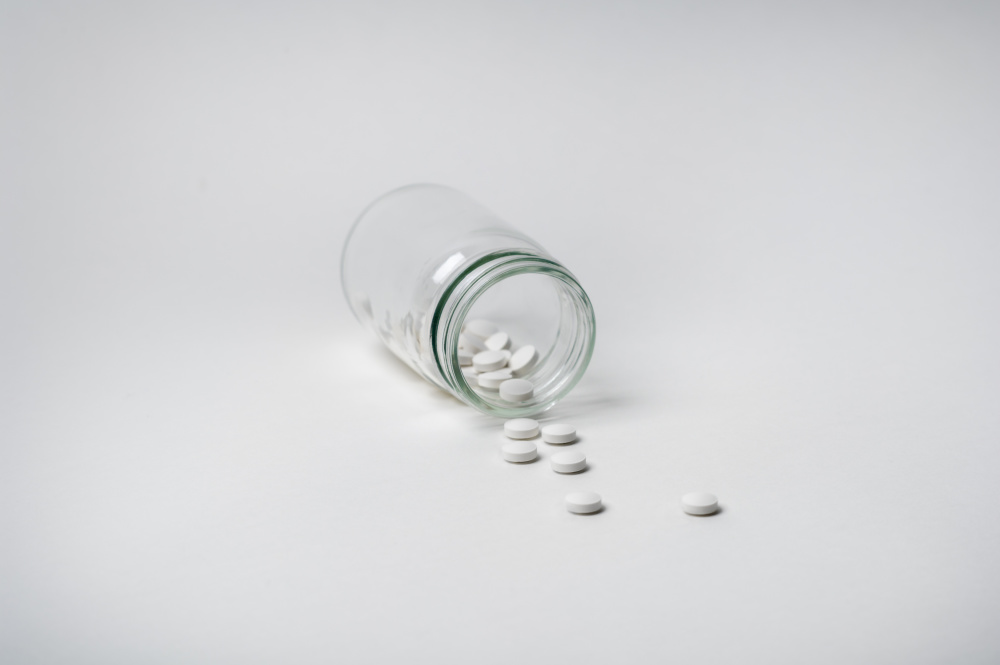Medically reviewed by Justin J. Sanders, MD, MSc
Addiction to drugs and other substances, including tobacco, can have far-reaching medical consequences, including cardiovascular disease, stroke, and cancer. According to the American Cancer Society, addiction accounts for approximately 30 percent of all cancer deaths, including about 80 percent of all lung cancer deaths. But is there a link between excessive illicit drug use and cancer?
Prescription opioids, such as fentanyl, are commonly used to manage pain in cancer patients. However, opioid use and misuse carry significant risks, including respiratory depression, inhibited immune response, and constipation.
While there is no credible link between opioids and cancer risk, the methods by which people use opioids illicitly bears its own set of cancer risks.

Cocaine, heroin, fentanyl, and other opioids can be injected intravenously and increase a user’s risk of contracting hepatitis B (HBV) and hepatitis C (HCV) viruses from infected needles. HBV causes flu-like illness and jaundice, but rarely develops into a chronic condition. On the other hand, HCV is virtually asymptomatic, but leaves people more susceptible to chronic infections that increase the risk of liver damage (cirrhosis), which is associated with hepatocellular carcinoma, a type of liver cancer.
Learn More:
Additionally, illicit drugs such as cocaine and heroin are often mixed with cancer-causing additives, called cutting agents. Among the list of substances commonly mixed with illicit drugs, phenacetin is the most carcinogenic. This white, crystalline powder was formerly used as a painkiller in the United States, but case reports show that it is linked to various cancers of the renal, pelvis, and the ureter.
While they can be used to treat many medical conditions, anabolic steroids are sometimes misused by athletes and body builders to boost performance. Steroids increase prostate cancer risk in men and cervical and endometrial cancer in women, as they disrupt the normal production of hormones in the body. The formation of non-malignant liver tumors, which can rupture and bleed, are another long-term effect.
For these reasons, chronic use of illicit drugs will increase cancer risk, especially when mixed with drugs for which there is clear carcinogenic potential, such as alcohol and tobacco.
Use of opioids in any setting increases the risk of misuse and addiction, so it is important to balance this risk with their potential benefits for treating cancer related pain. If you have questions about this balance, speak to your doctor.
If you or someone you know is struggling with substance use disorder, SAMHSA’s National Helpline may be able to help. Call 1-800-662-HELP (4357) or visit their website.
